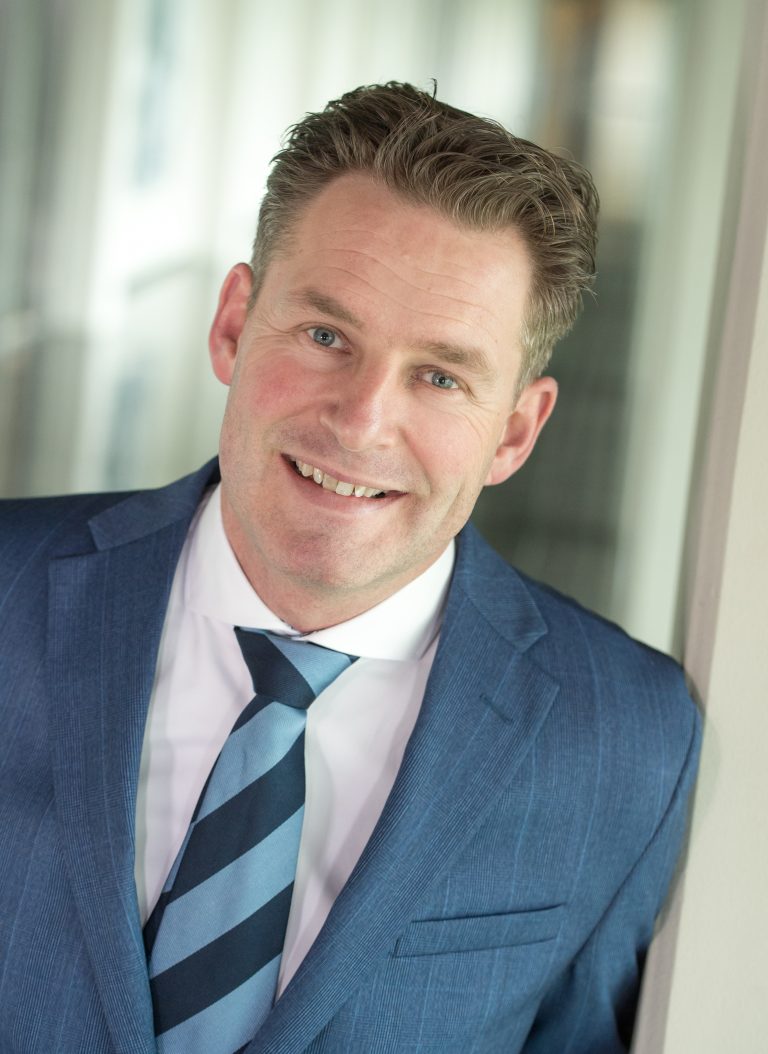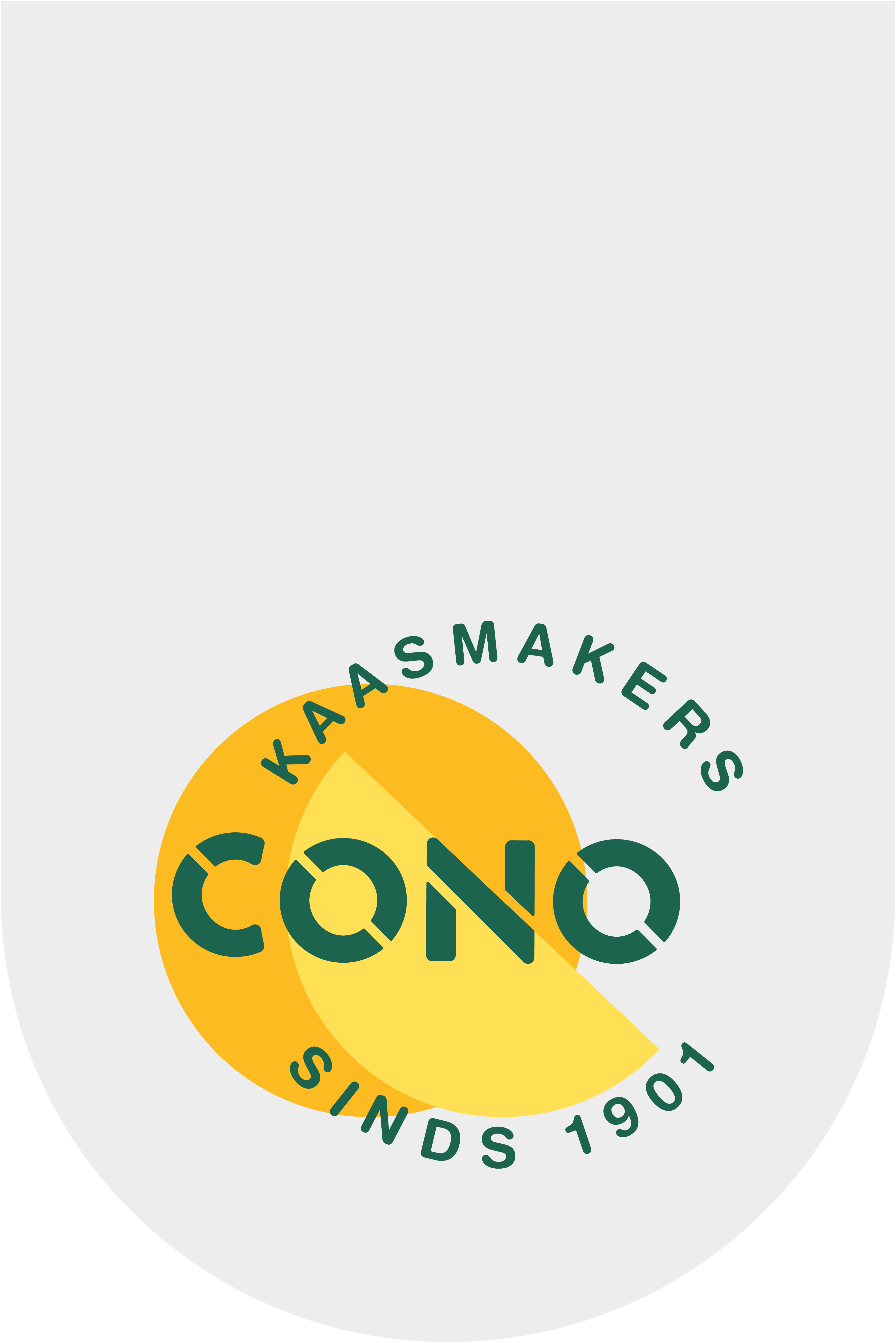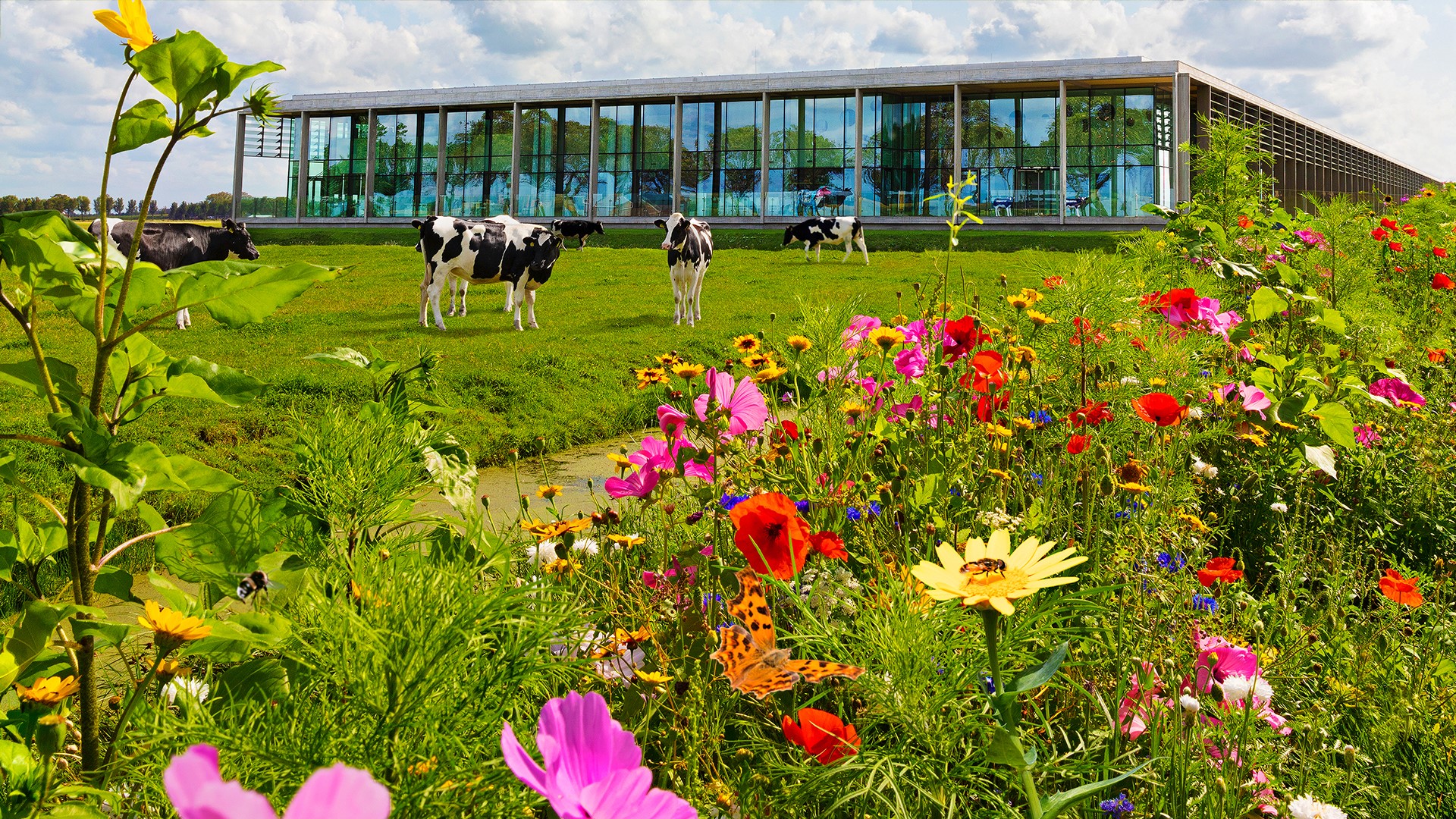
Climate-neutral cheese making in progress
The production line of the CONO cheese factory consists of the latest and most economical equipment. But more is needed to make cheese in a climate-neutral way. For example, not running all those energy-efficient machines longer than necessary. After all, every cheese that is more than the market demand is also wasteful.
Since 2020, CONO's cheese factory has been certified climate neutral according to the Climate Neutral Certification standard. The most efficient techniques were applied right from the new building. With only one goal: the best cheese with as few resources as possible. "No waste of energy, but also of milk and other raw materials. Just right the first time," says Harco de Jager, Managing Director of Operations. And although CONO knows everything about making cheese, all building partners were also challenged to come up with innovative solutions. The result: the current cheese factory is thirty to forty percent more energy efficient per kilo of cheese than the old one.
"Better two cheeses too little than one cheese too much".
Smart techniques
Numerous clever techniques have been applied. For example, the milk arriving directly from the farms must first be skimmed. This is done in a centrifuge, or rather a vacuum centrifuge. Because this spins without resistance, less energy is needed. Then the cold milk is heated and cooled again. By passing tubes with new cold milk through tubes with hot milk, energy is saved on both sides. After all, the hot milk is cooled down 'for free' by the cold milk, and the new cold milk is also warmed up 'for free' by the hot milk. This so-called heat exchange runs like a red thread through the entire process of making cheese. Another example: milk consists for about 90 percent of water. When making cheese, the solid substance (the curd) is separated from the liquid (the whey). By filtering the whey well, reasonably pure water remains. Ideal for cleaning the cheese factory! The curd eventually goes into the cheese warehouse to mature. Fourteen degrees is the perfect temperature there. The smartest part of the cheese warehouse? Right, under the ground!
Operational excellence
"You can have an extremely economical car, but if you accidentally keep making detours, then you are still wasting energy because of those extra kilometres," explains De Jager. "That is why we go for operational excellence in the cheese factory. Apart from energy-efficient machines, that is mainly a question of behaviour and choices. Not preventing or quickly solving a breakdown while the entire production line is in full operation is lost energy. Making the wrong cheese is lost energy. Making too much cheese is lost energy. That is why we do not make more cheese than the market requires. And when we are done with that, then as far as I am concerned the light goes out and the door is closed. This tight combination of techniques and measures yields great gains in sustainability. But that is not the end of our ambitions. De Jager: "My goal is that we use 2% less energy each year, measured in gigajoules per tonne of cheese.
Sustainable employer
The quality of the cheesemakers is obviously crucial for the successful achievement of both the tastiest cheese and the most efficient production. This is why CONO runs the TOPP continuous improvement programme. Components of this include awareness of everyone's own share in sustainability. And sharp analyses, so that it is clear whether a disturbance is in the technology or in the behaviour, so that adequate adjustments can be made. "The great thing is that because of this sustainable attitude many young people want to work for us," says De Jager. "Sustainability is very much of our time. We are also able to combine this with a beautiful natural product. As CONO, we want to be an attractive employer where people are challenged and can develop sustainably. Our climate-neutral cheese factory is now well on the way to becoming one of the best employers in North Holland."

